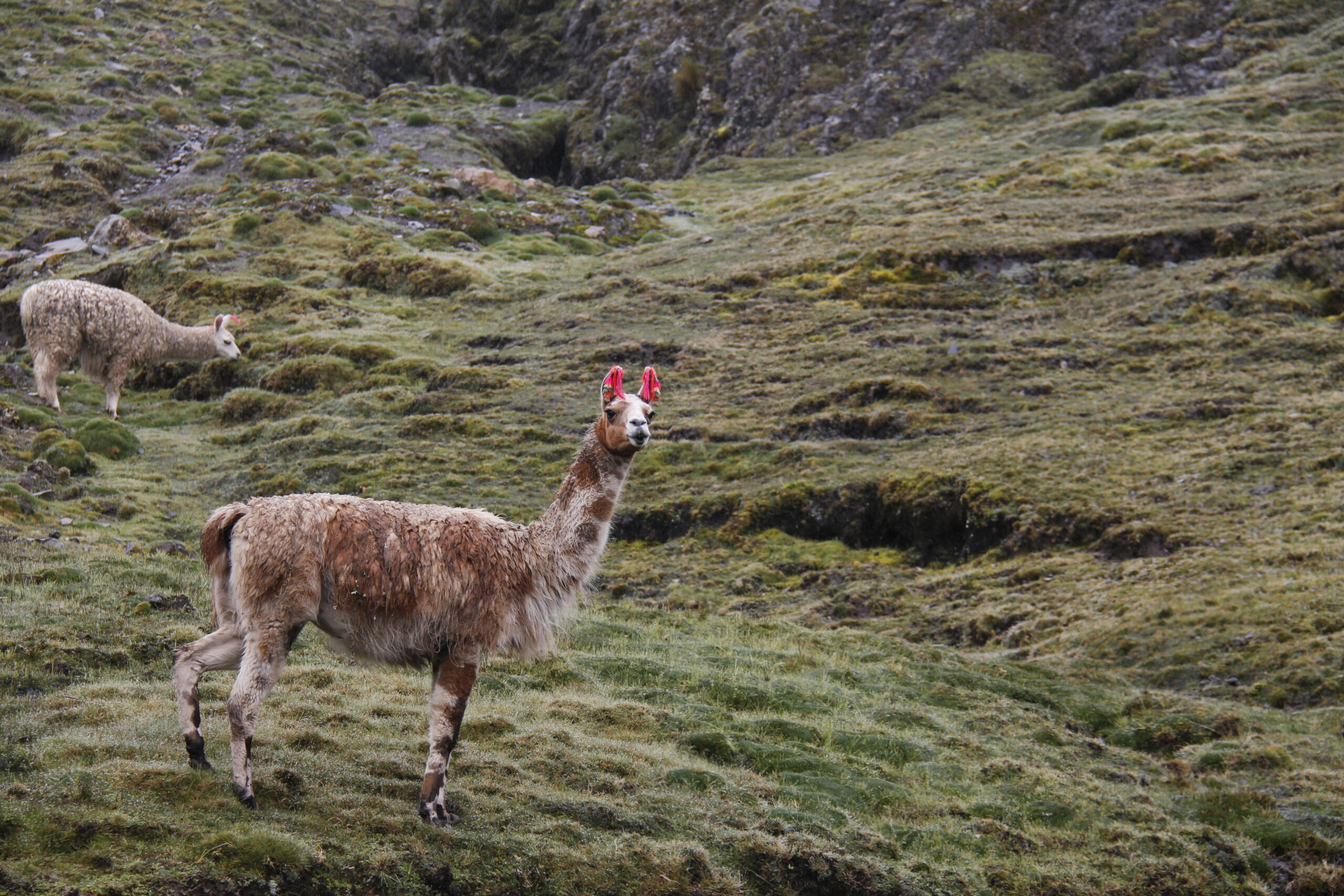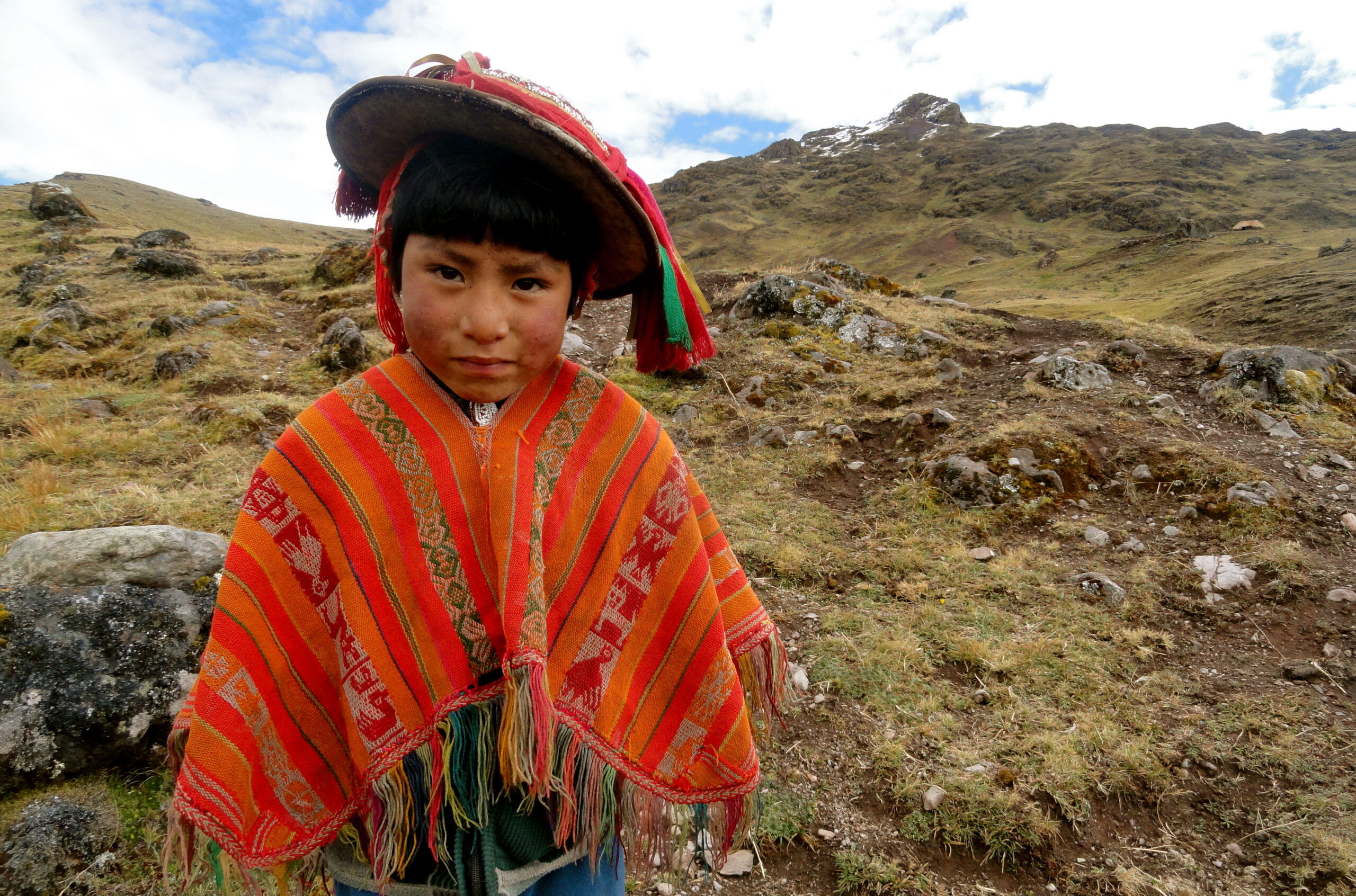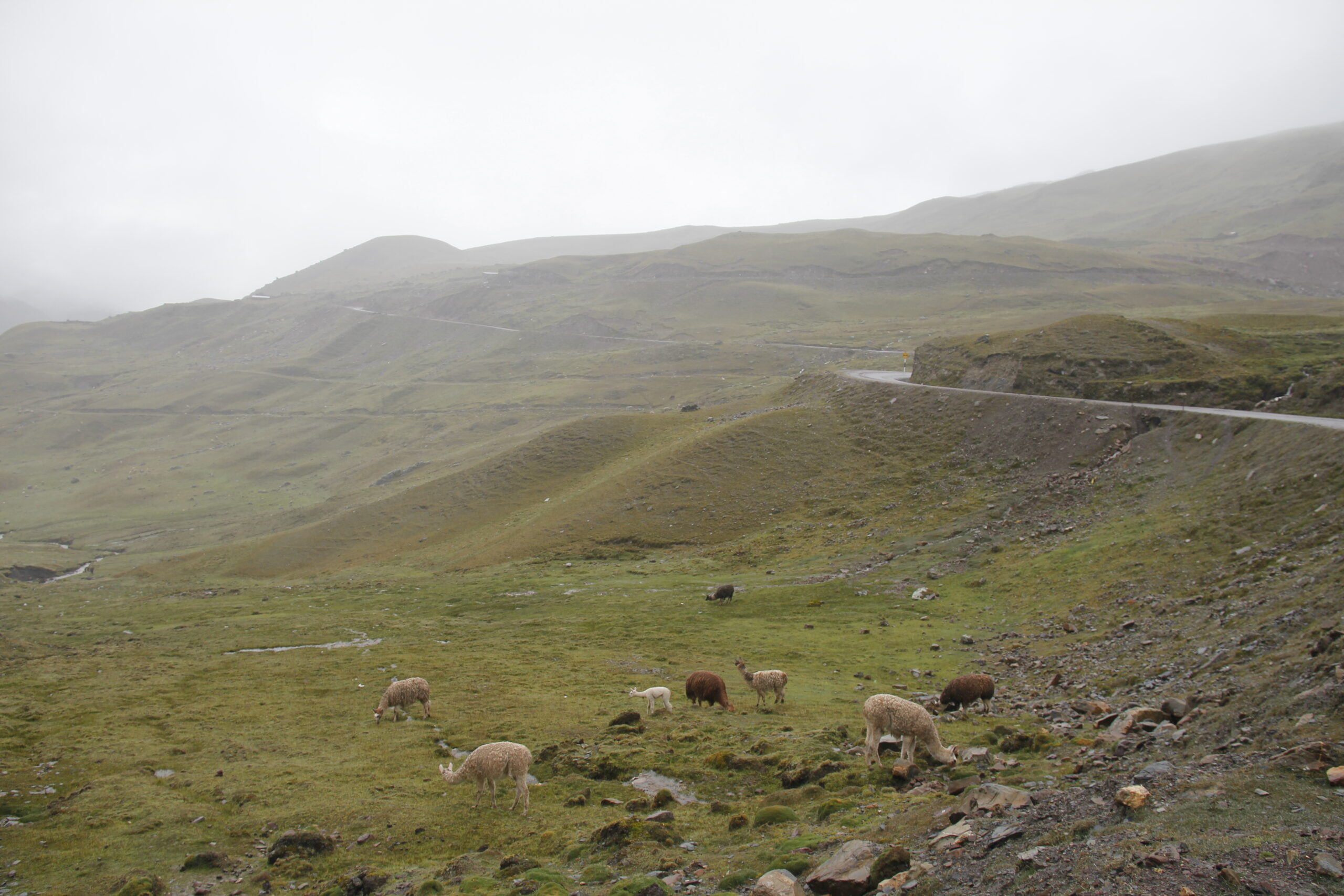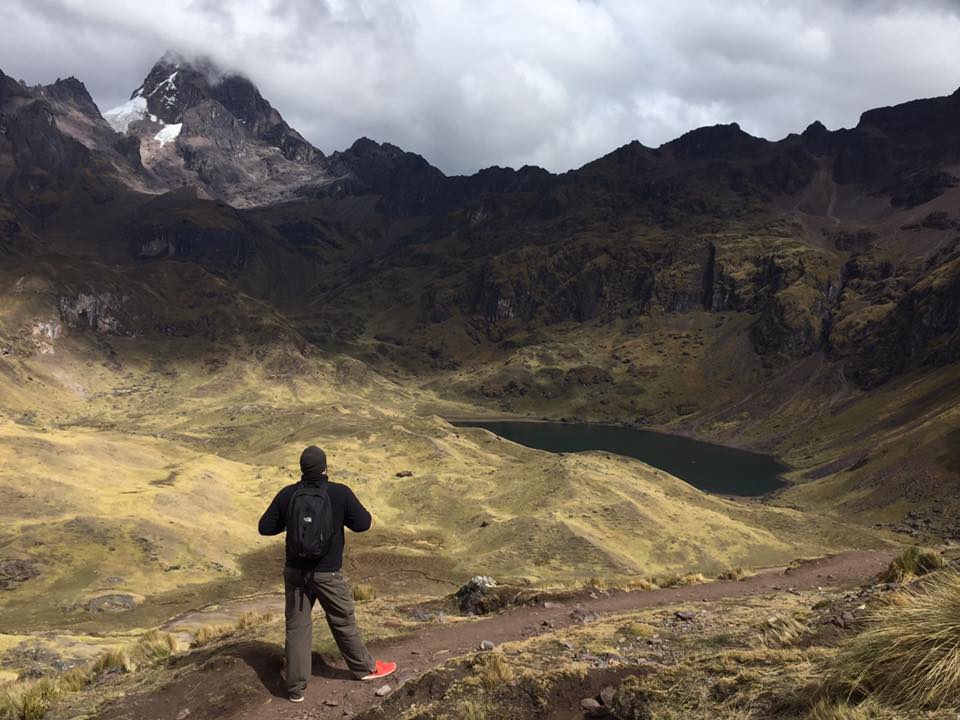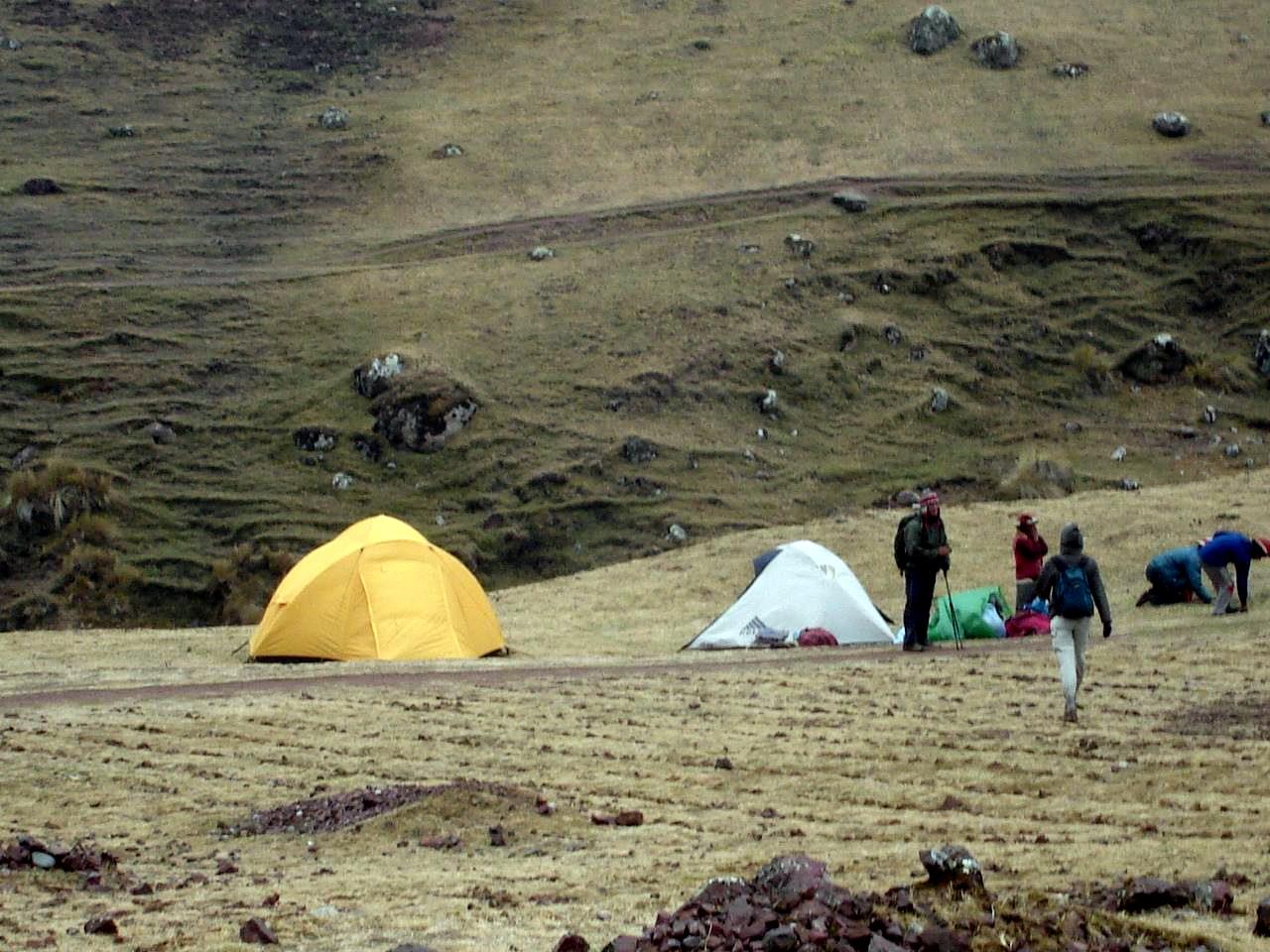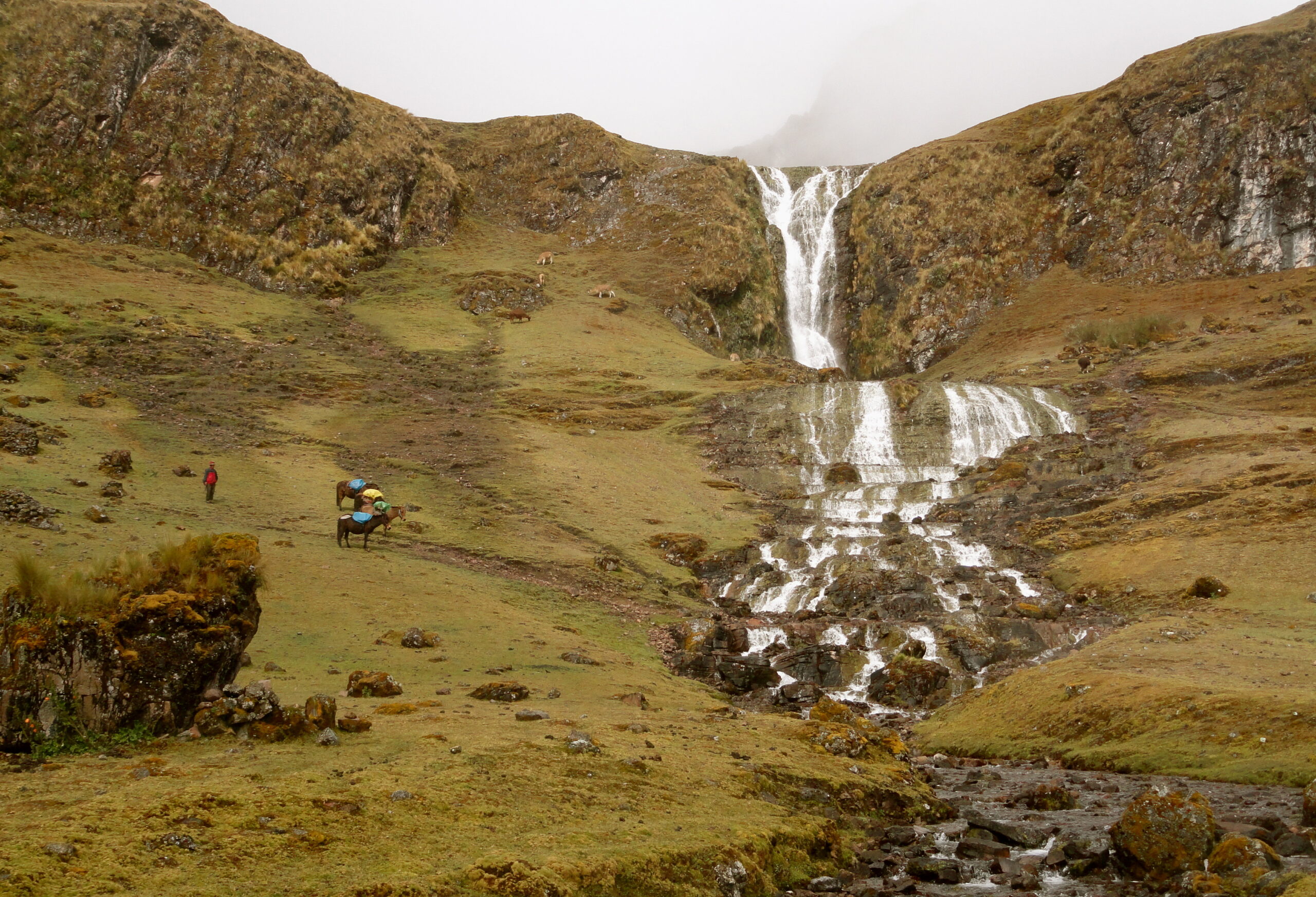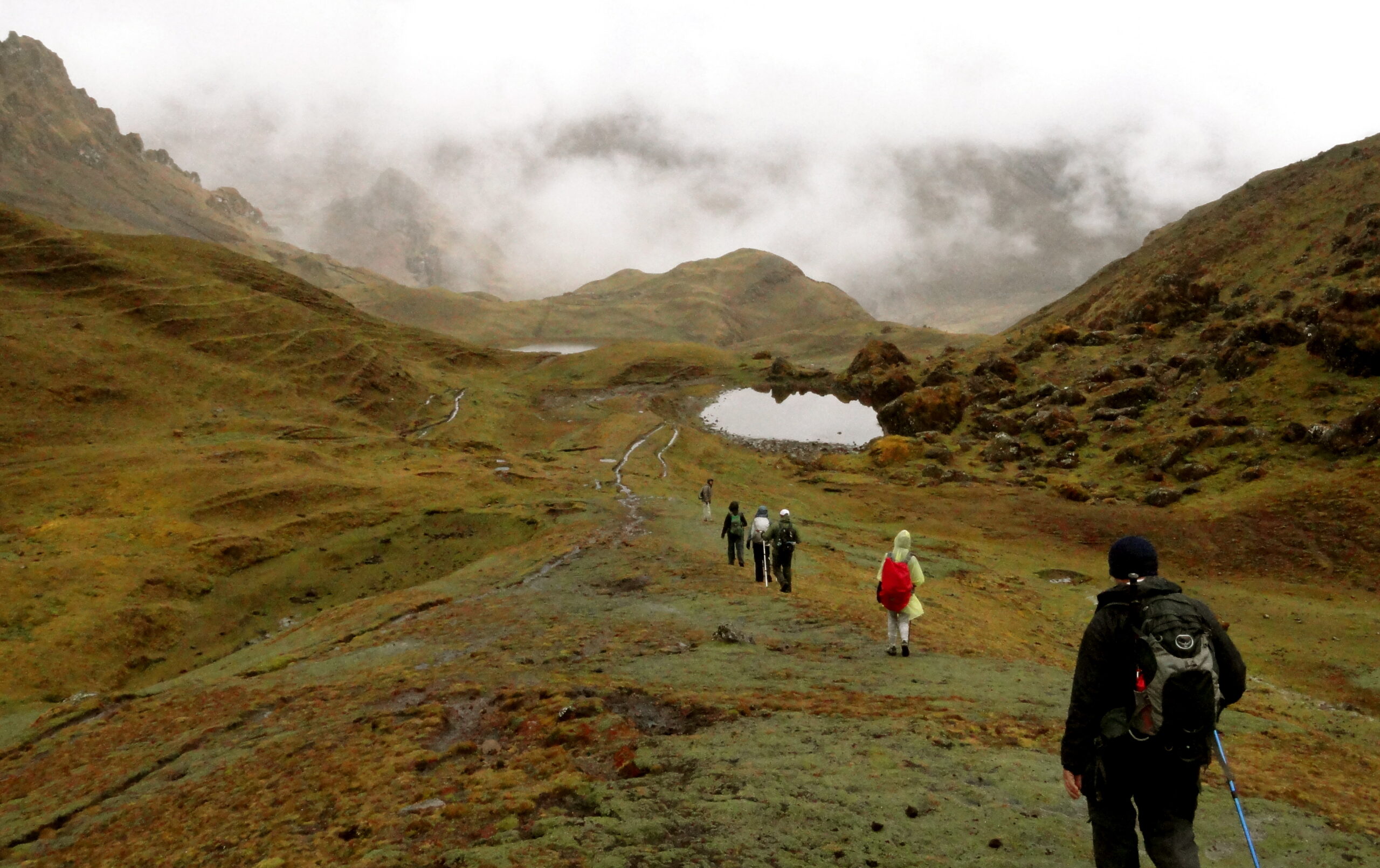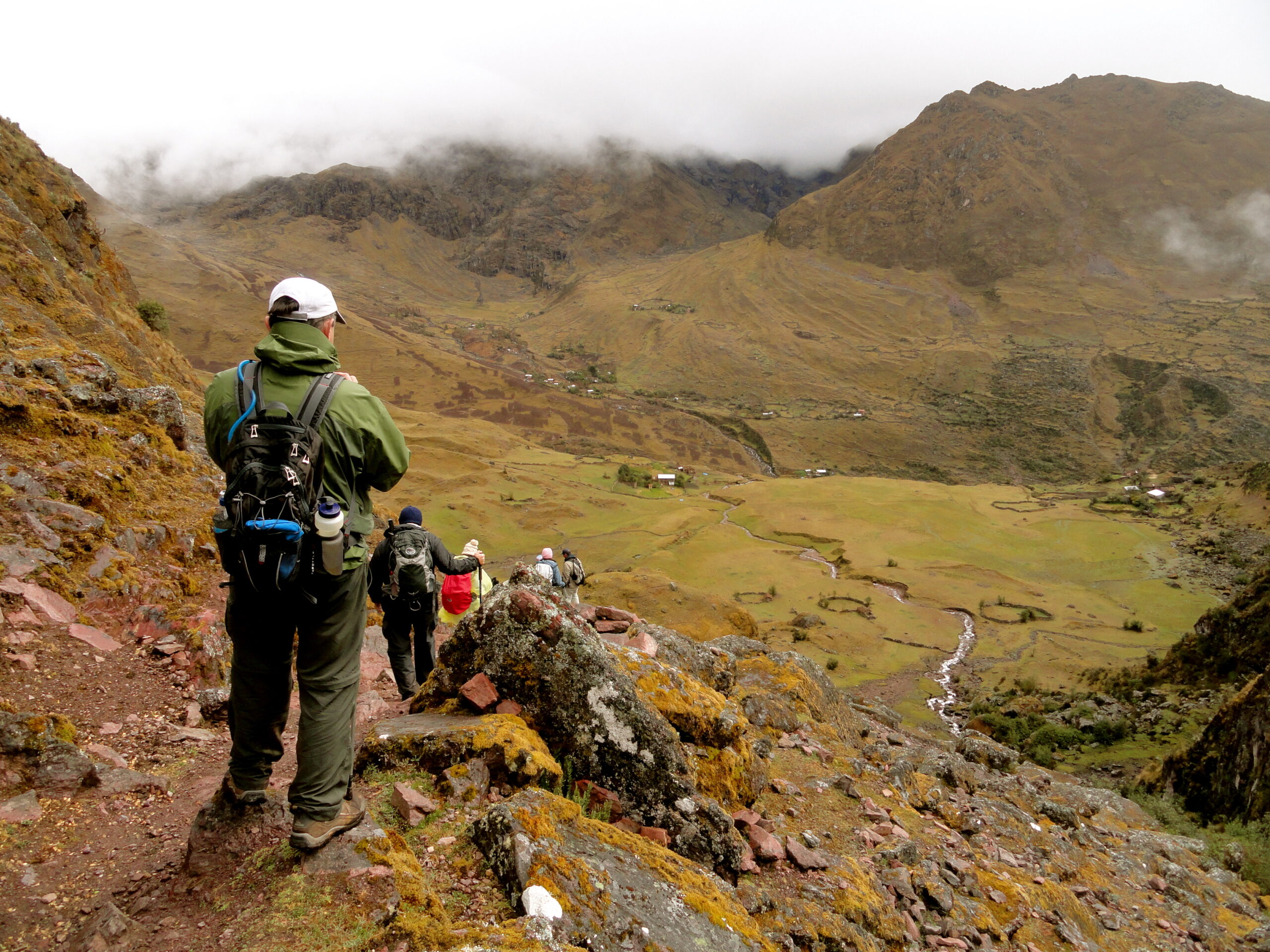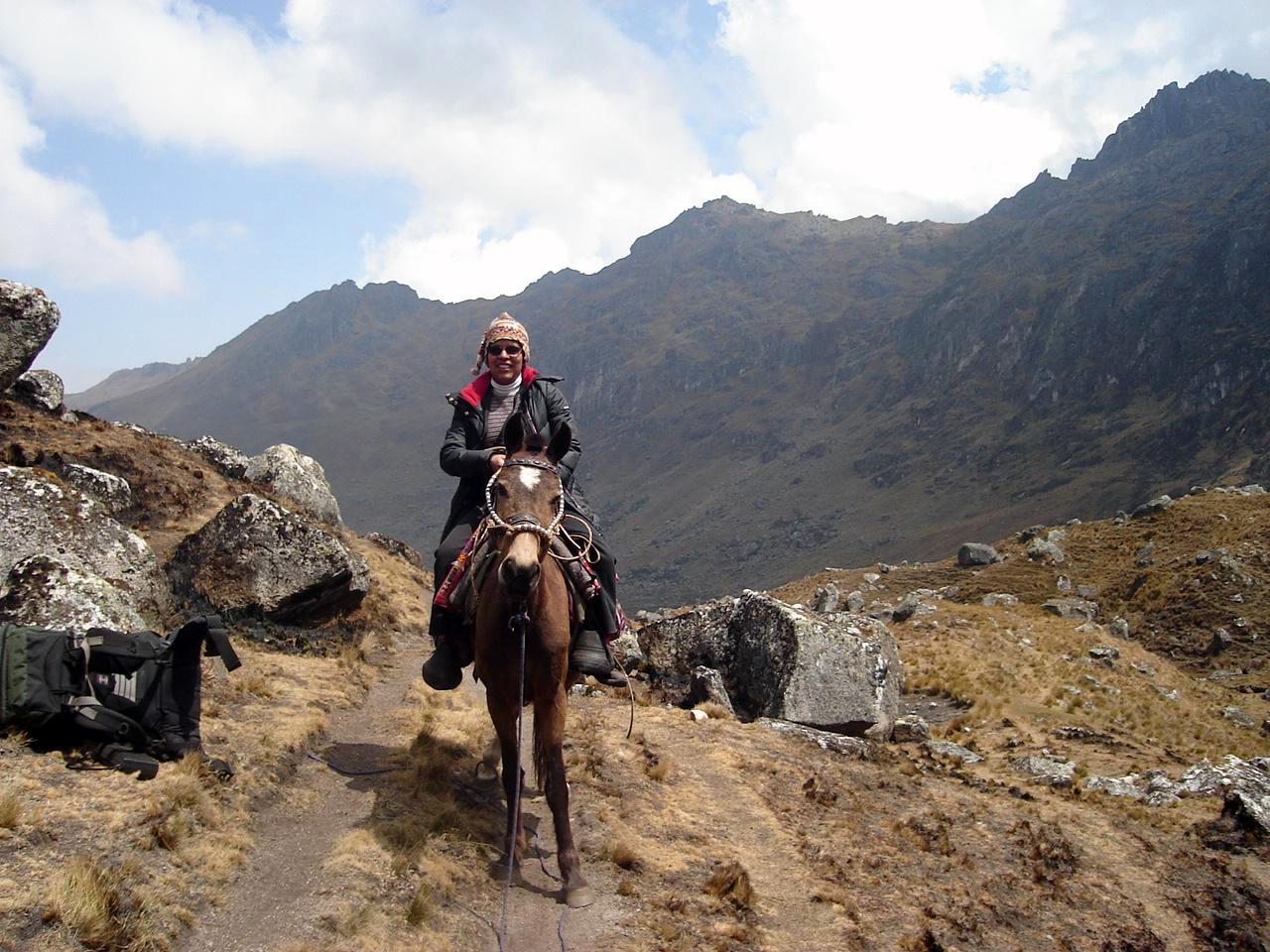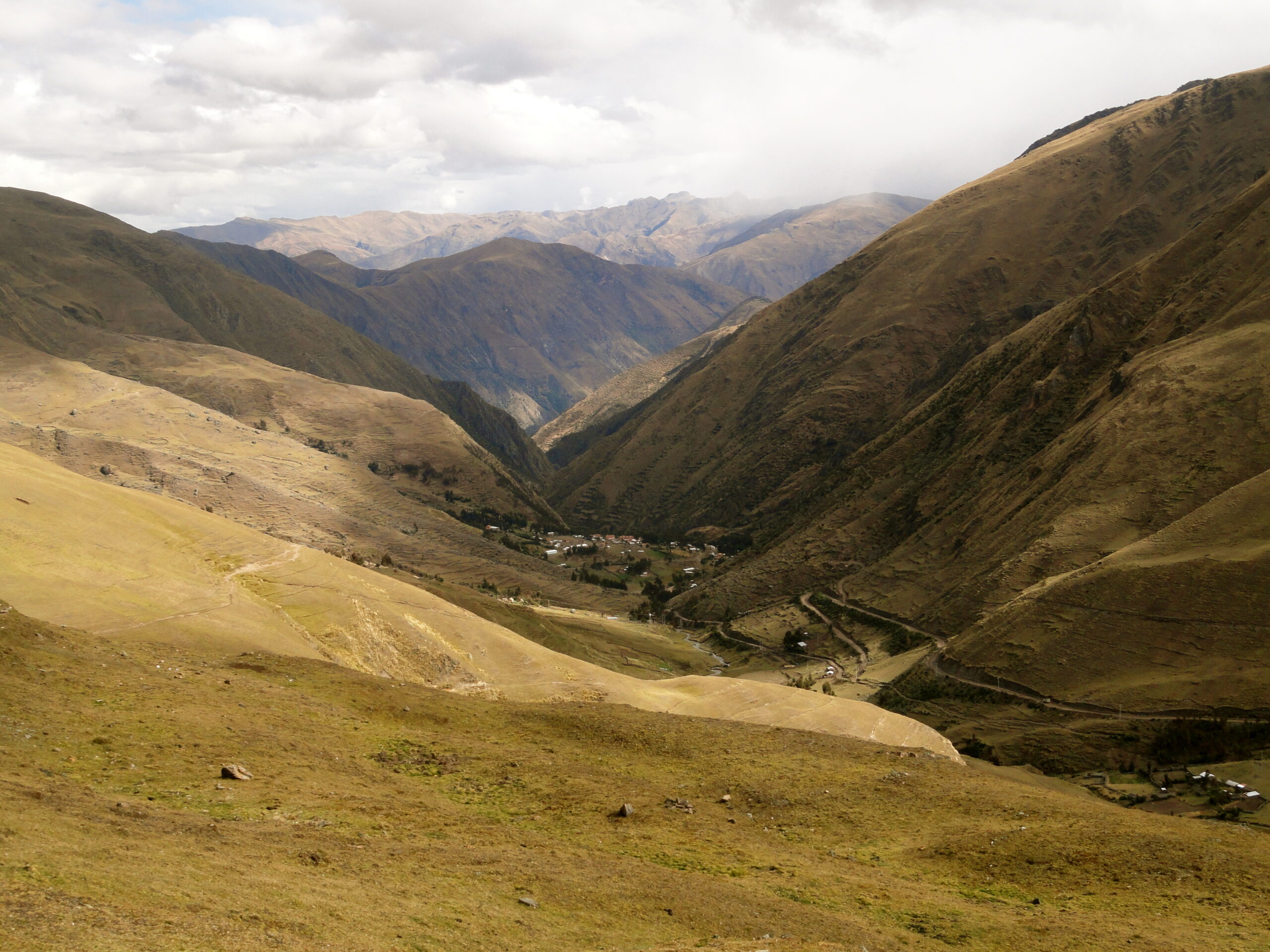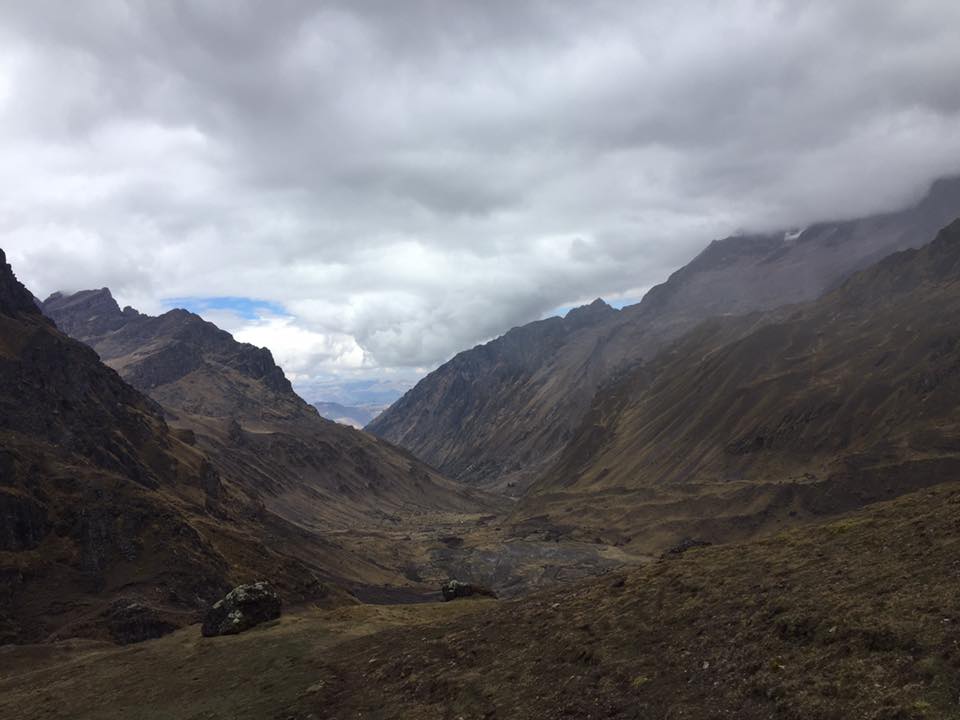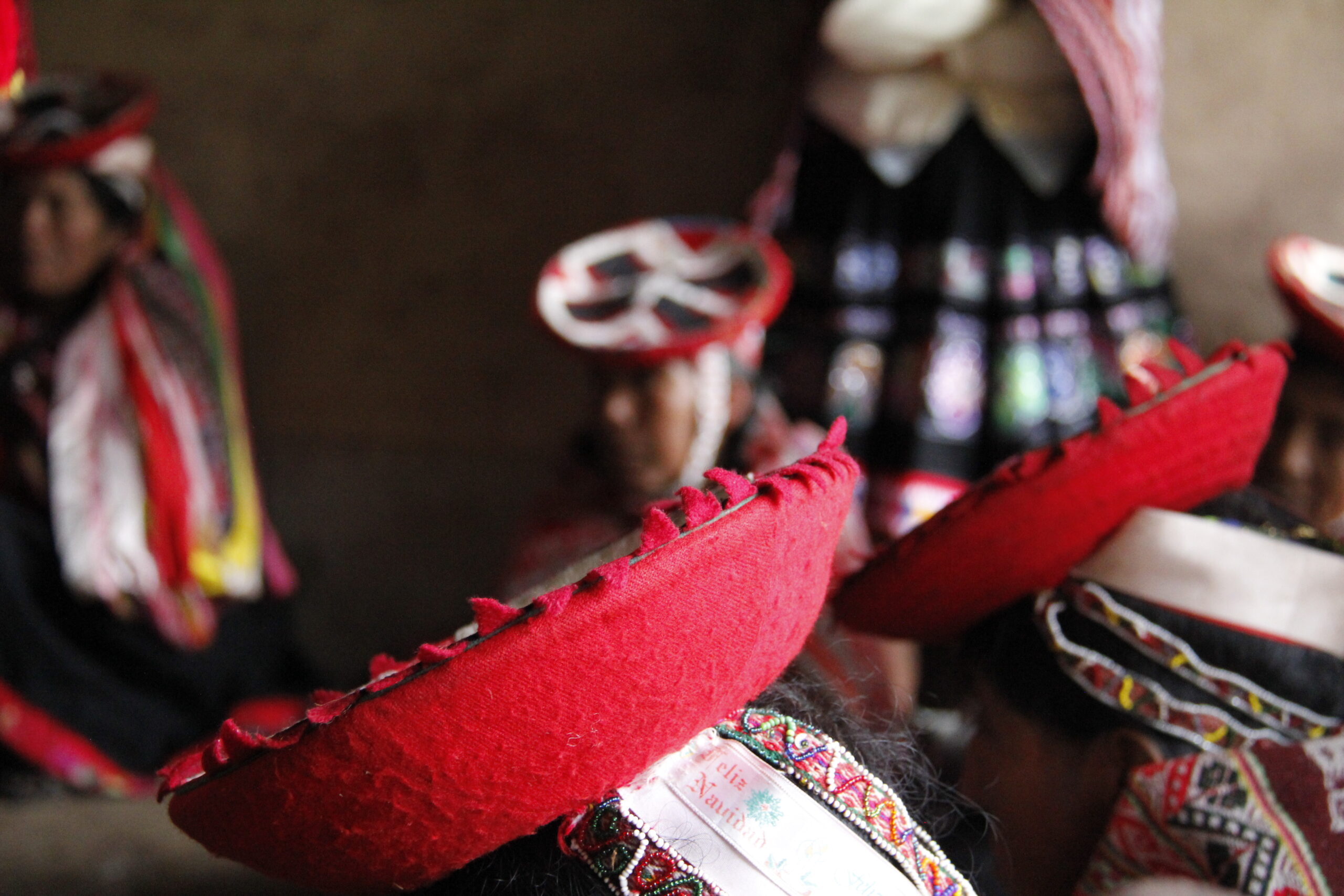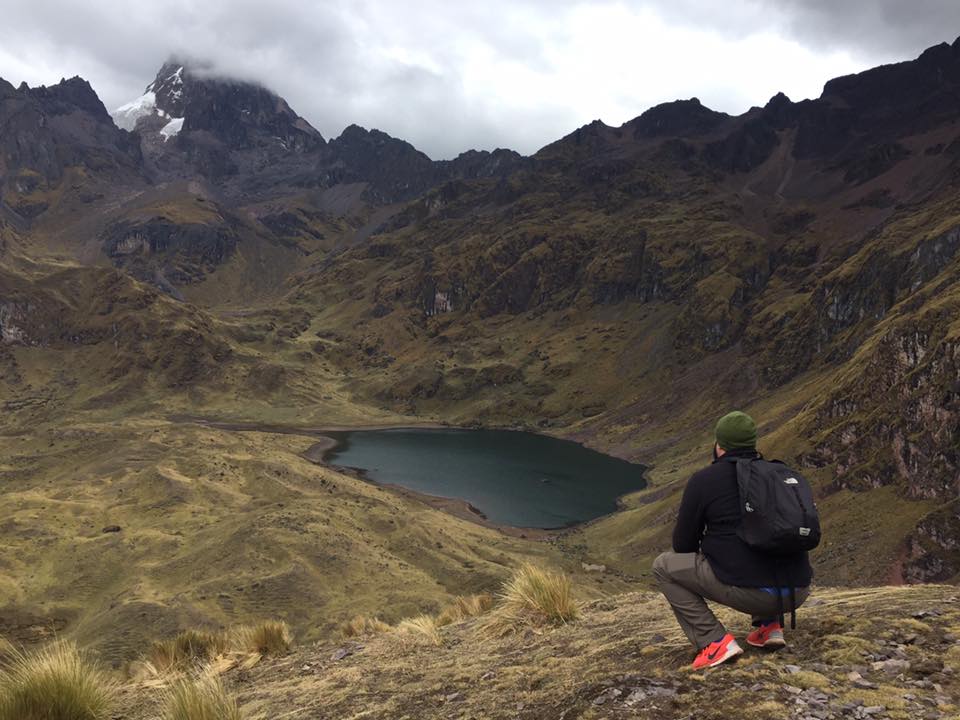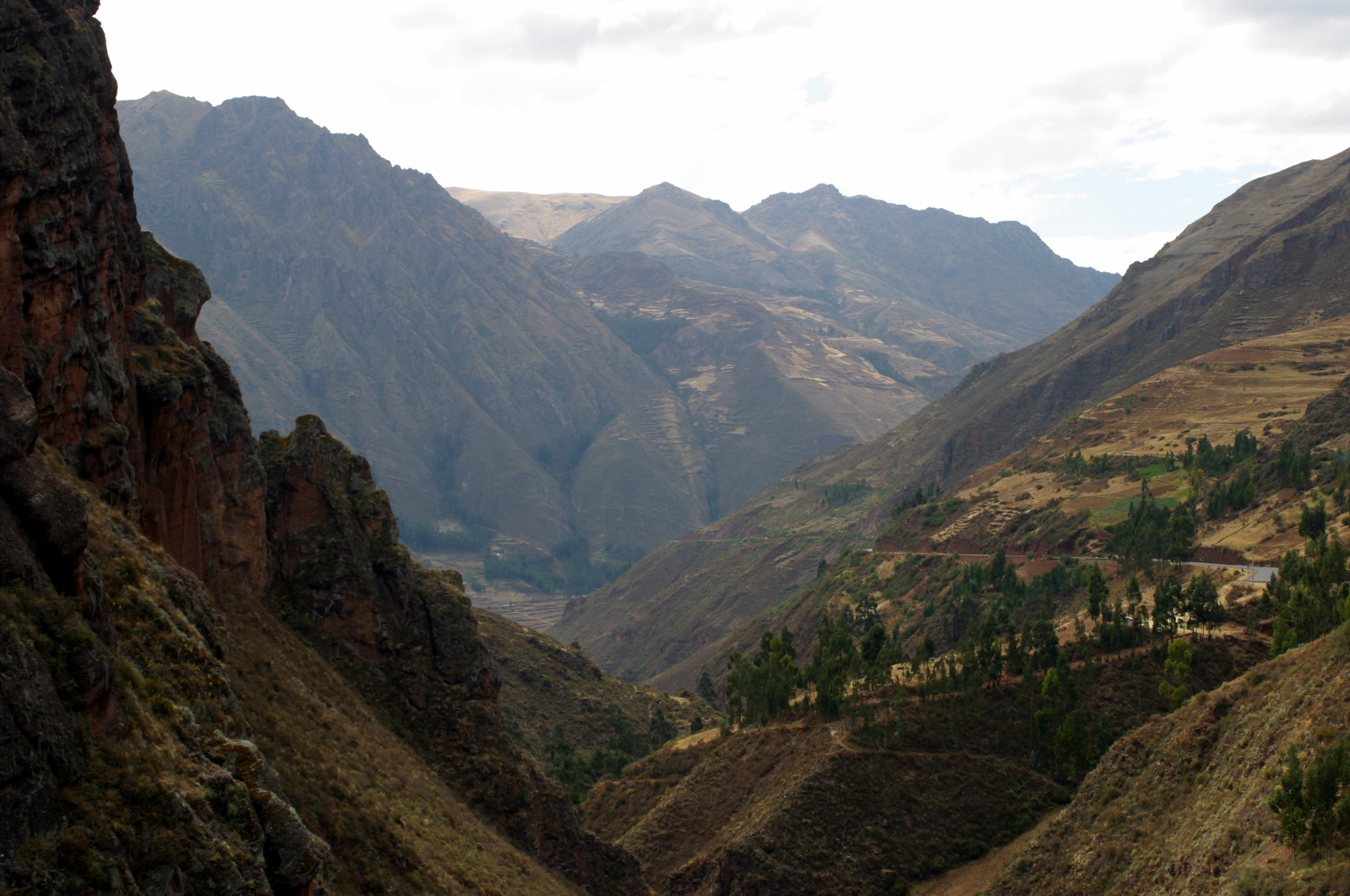- 3 Days / 2 Nights
- Moderate
- 20km
- 4,700m
Aracari offers private luxury treks on a private basis only, not as a group tour. We offer guided hikes only as part of a tailormade trip, including all guided excursions and hotels, not as a standalone service.
The Patakancha to Lares trek is a short camping hike in the Lares Valley that can be done in either two days or three. The trek provides the opportunity for insight into local life, visiting communities of traditional weavers and farmers who live much like their Inca ancestors in stone and adobe homes with thatched roofs, weaving their own clothing and working the land with foot ploughs. The hike culminates in Lares where you can take a dip in the natural, thermal springs. Aracari arranges the Patakancha to Lares trek on a private basis only, not as a group tour. The trek can only be booked as part of a tailormade trip to Peru, not on a standalone basis.
Why hike the Patakancha to Lares trek with Aracari?
Drawing on over 20 year’s experience offering discerning travelers authentic, private luxury Peru treks, we use state-of-the-art equipment, first-class guiding and special creature comorts that we consider ”appropriate luxury”. Expect the likes of 3-person tents used for just two, ecological bathrooms, shower tents and top-notch cuisine for a genuine luxury camping experience. We take our social responsibility seriously, paying fair wages that are above the average to all our staff.
The Patkancha to Lares Trek Itinerary
Alternative: 2 days / 1 night
The shorter version of this trek follows the same route and distance. The first day will be the same as described here, but the second day will condense the last two days of the longer trek described. On day two you would cover approximately 14 kilometres (8.7 miles), which is about six to eight hours of hiking.
Lares Trek route
- Day 1
Cusco to Ipsacocha
6 km
You will be collected by your guide and together will be transferred to the community of Patakancha (3900m/12,795ft). Once in Patakancha, you will meet your trekking crew and start your hike, crossing a football pitch, passing by a school and heading straight uphill. Patakancha is a traditional community made up of small stone and mud houses with thatched roofs. Locals are mostly agricultural farmers and herders and supplement their income working as porters. As you leave the village, you will enjoy views of alpaca and llama herds grazing along the trail. The scenery is typical of the high Andes with ichu or high altitude grass as well as polylepis trees. After approximately 1.5 hours of ascent, the trail flattens and you will reach Ipsa Cocha, a small but beautiful lagoon near which you will camp (4,200m/13,779ft). Your total trek today will cover approximately 6 kilometres (3.7 miles), which is about two to three hours of hiking.
Camping Overnight
- Day 2
Ipsacocha to Huacahuasi
10 km
After breakfast, you will begin your ascent for about 1 hour until you reach the Ipsa pass (4,700m/15,420ft). This is the highest point on the trek and a good place to observe condors. After the pass, the rest of your hike will be downhill. You begin to descend until you reach the community of Huacahuasi (3,400m/11,154ft), another traditional village where people live close to the land, farming the same way their Inca ancestors did: using foot ploughs and other traditional techniques. Camp nearby for the night. Your total trek today will cover approximately 10 kilometres (6.2 miles), which is about five to six hours of hiking. *If you opt for the shorter two day hike, today will combine days 2 and 3 as described here. You would cover approximately 14 kilometres (8.7 miles), which is about six to eight hours of hiking.
Camping Overnight
- Day 3
Huacahuasi to Urubamba
4 km
Today the scenery will be dramatically different from yesterday: potato, barley, quinoa and cornfields abound. You finish your hike with a dip in the hot springs near the colonial village of Lares (3,260m/10,695ft). After, you will meet your vehicle and drive to your hotel. Your total trek today will cover approximately 4 kilometres (2.5 miles), which is about one and a half hours of hiking.
Camping Overnight
Please keep in mind that distances, altitudes and chosen campsites are subject to minor variations as the route undertaken may vary slightly. In addition, trekking time can vary for each hiker and any times detailed in the description below are averages.

